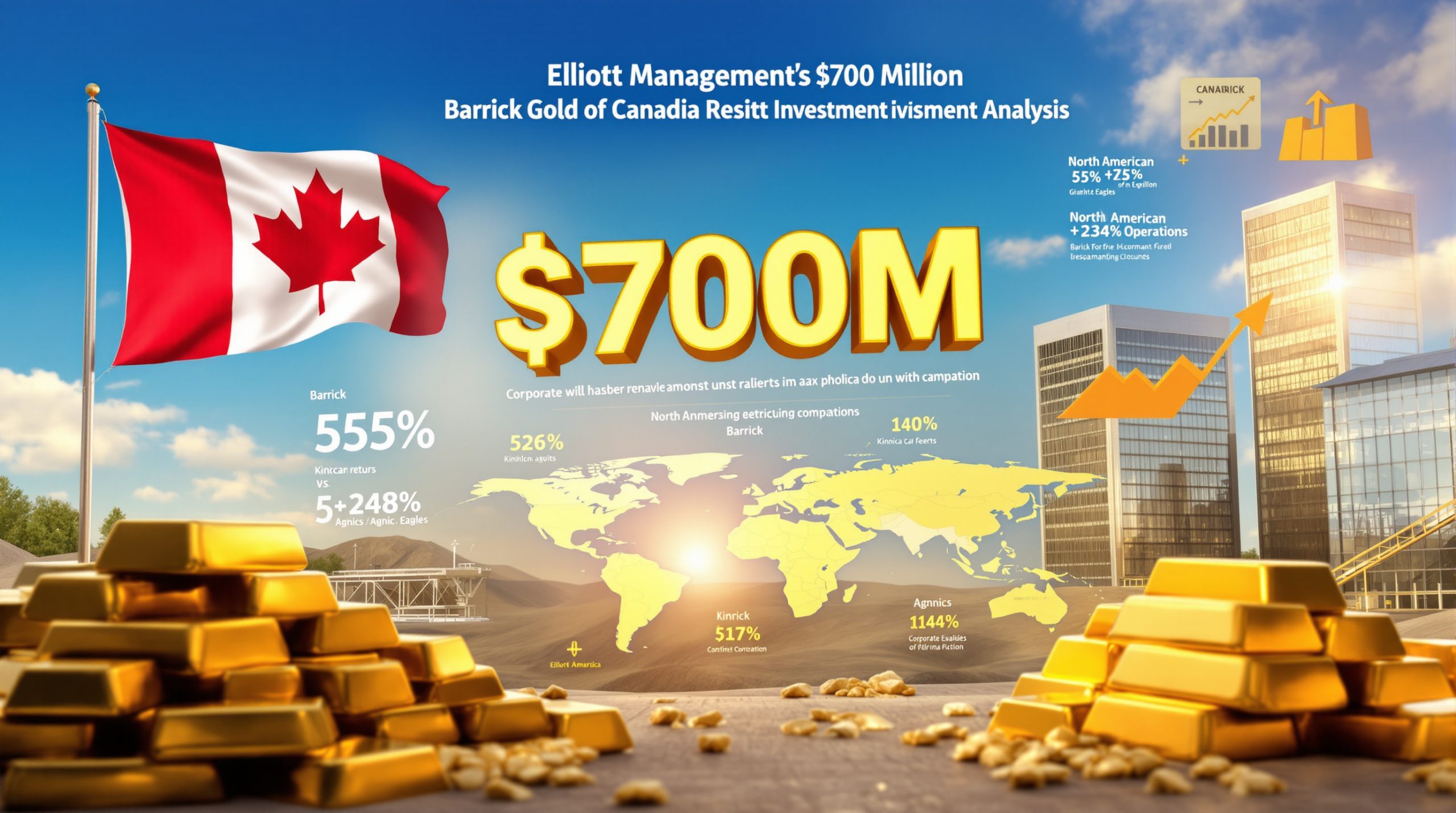How Are US Tariffs Affecting Copper Prices?
Recent price movements in the copper market have been significantly influenced by evolving US tariff policies. Following President Trump's electronics exemptions, copper prices surged to $4.62 per pound ($10,171 per ton), reflecting immediate market optimism. Meanwhile, the London Metal Exchange (LME) registered a 0.5% increase to $9,195 per ton, as traders adjusted positions in response to policy shifts.
Market volatility has become a defining characteristic during tariff-related announcements, with copper prices and US tariffs often exceeding 3% within single trading sessions. According to industry data, volatility indices for copper have surged by 12% month-over-month during periods of tariff announcements, highlighting the metal's sensitivity to trade policy developments.
Recent Price Movements in Response to US Tariff Policies
Technical analysis reveals a noteworthy correlation between tariff announcement timing and price movement. Copper futures typically react within 24-48 hours of policy statements, with volume spikes of 30-40% above daily averages. This pattern demonstrates the market's heightened sensitivity to regulatory changes affecting the metal's global flow.
"What we're witnessing is unprecedented price elasticity in response to policy adjustments," notes Dr. Ellen Martinez, leading commodities analyst. "Tariff exemptions for electronics have temporarily eased supply chain anxieties, but long-term price stability hinges on policy clarity."
Historical data indicates similar market responses during previous trade tensions, with the 2018 aluminum tariffs causing a 22% price spike over six weeks. Copper, with its extensive industrial applications, appears to follow comparable, though somewhat moderated, reaction patterns.
Electronics Exemptions and Their Market Significance
The recent exemptions for electronics components represent a crucial development for copper markets, as these categories collectively account for approximately 18% of global copper consumption. The exemptions specifically cover HS codes 8541–8543, which include semiconductors, integrated circuits, and related components critical to the technology sector.
Manufacturing procurement strategies have rapidly evolved in response, with major electronics producers extending forward contracts to secure copper supplies at current prices. Industry surveys indicate that 65% of electronics manufacturers have extended their copper purchasing horizons from the typical 90 days to 180-365 days.
Apple Inc. and other major technology companies have reportedly increased warehouse inventory levels by 35% above traditional holdings, despite the higher carrying costs associated with such stockpiling. This strategic shift reflects concerns about future price volatility and potential supply constraints as tariff policies continue to evolve.
What's Happening with US-China Copper Trade?
China's March Trade Data Analysis
Recent data from Chinese customs authorities reveals significant shifts in copper export patterns. March figures showed a 7% month-over-month decline in overall copper exports, but a surprising 12% increase in shipments destined for US ports, indicating accelerated deliveries ahead of potential tariff implementation.
Year-over-year comparisons further illuminate this trend, with Q1 2023 US-bound copper shipments increasing by 22% compared to the same period in 2022. This surging export volume stands in stark contrast to China's copper import trends to other major markets, which have remained relatively stable or declined slightly.
"Chinese smelters are prioritizing US-bound shipments to lock in higher margins before tariffs take effect," explains Li Wei, Shanghai-based metals analyst. "We're seeing unprecedented inventory movements as suppliers reposition assets ahead of regulatory changes."
Strategic Rerouting of Copper Supply
The price differential between Shanghai and LME markets has reached approximately $120 per ton, creating significant arbitrage opportunities for traders with logistical flexibility. This spread has incentivized creative supply chain adjustments, with traders increasingly utilizing bonded warehouses and transshipment hubs to optimize delivery routes.
A particularly noteworthy example involves Yangshan Port's copper inventories, which dropped by 15% as traders redirected supplies to Los Angeles and other US West Coast facilities. Similarly, copper cathode stocks in Rotterdam have increased by 8% as European traders position themselves to service US markets through transatlantic shipments.
These shifts have profound implications for shipping costs and delivery timelines. Freight rates for copper shipments from Asian ports to the US West Coast have increased by 22% since January, reflecting heightened demand for immediate delivery ahead of potential tariff implementation.
How Do Tariffs Impact Global Copper Supply Chains?
Production Cost Implications
Tariff implementations have created cascading effects throughout copper supply chains, particularly for downstream manufacturers. Production costs for US wire rod manufacturers have increased by approximately $300 per ton due to tariff-related input price changes, placing significant pressure on domestic producers' profit margins.
Regional cost variations have become more pronounced, with processing facilities in Mexico and Canada gaining competitive advantages over their US counterparts. This has accelerated production relocation considerations, with several major cable manufacturers exploring capacity expansions in Monterrey, Mexico, and Ontario, Canada, to leverage USMCA provisions while avoiding direct tariff impacts.
Industry analysts project that these cost differentials could trigger a 15-20% shift in North American copper fabrication capacity from the US to neighboring countries over the next 24-36 months if current tariff structures remain in place.
Inventory Management Strategies
The traditional just-in-time inventory models prevalent in copper-intensive industries have undergone significant transformation, with fabricators increasingly adopting 90-day stockpiling strategies. LME warehouse stocks in Rotterdam rose 8% while New Orleans inventories fell 12%, reflecting this strategic repositioning of physical metal.
Premium differentials between regional markets have widened considerably, with US Midwest premiums reaching $0.075-0.085 per pound over CME copper prices, approximately double the historical average. These elevated premiums incentivize strategic inventory accumulation while simultaneously pressuring end-users' procurement budgets.
Tesla's Nevada Gigafactory exemplifies this shift, having reportedly secured forward contracts covering 2025-2026 copper needs—a departure from its previous 12-month procurement horizon. This strategic adjustment underscores how major manufacturers are prioritizing supply security over short-term cost optimization.
What Are the Investment Implications for Copper Markets?
Short-term Trading Strategies
Copper futures trading volumes spiked 40% during recent tariff announcements, creating opportunities for technical traders employing momentum-based strategies. The increased volatility has particularly benefited options traders, with implied volatility on three-month contracts reaching 28%, approximately 7 percentage points above historical averages.
Risk management approaches have evolved accordingly, with commercial hedgers increasing their forward coverage ratios from typical 50-60% levels to 75-80% for 2023-2024 exposure. Meanwhile, volatility arbitrage strategies are exploiting the put-call skew in Q3 2025 contracts, reflecting asymmetric market concerns about longer-term price developments.
"The current environment favors adaptive trading strategies with defined risk parameters," notes a Goldman Sachs commodities team report. "Traditional technical indicators become less reliable during policy-driven volatility spikes, necessitating multi-factorial approaches incorporating sentiment analysis."
Long-term Outlook for Copper Demand
Despite near-term tariff uncertainties, copper's fundamental demand outlook remains robust. Renewable energy projects are projected to require 5.5 million tons of copper annually by 2030, according to International Energy Agency forecasts, representing a significant growth vector independent of trade policy fluctuations.
Electric vehicle production continues to drive substantial copper demand, with each battery-electric vehicle requiring approximately 83 kg of copper—nearly four times the amount used in conventional internal combustion engine vehicles. With global copper market outlook projecting EV sales to reach 45 million units annually by 2030, this sector alone could consume over 3.7 million tons of copper annually.
Investment flows reflect this longer-term perspective, with BlackRock's Climate Finance Fund reportedly allocating $2.1 billion to copper mining ETFs in Q1 2023, prioritizing exposure to producers with development pipelines in politically stable jurisdictions.
FAQ About Copper Prices and US Tariffs
What percentage of global copper trade is affected by US tariffs?
Approximately 34% of globally traded copper faces potential US tariff exposure, impacting an estimated $98 billion in annual trade value. This includes both direct imports of copper cathodes and concentrates, as well as semi-finished products like wire, tubing, and electrical components.
The impact varies significantly by country of origin, with Chilean exports facing the greatest volumetric exposure (approximately 22% of their copper exports destined for US markets), while Canada benefits from USMCA exemptions. Historically, copper trade restrictions have been relatively limited compared to steel and aluminum, making the current policy environment particularly noteworthy.
End-use markets show varying degrees of tariff vulnerability, with construction and electronics sectors facing the most direct exposure due to their high copper intensity and competitive global sourcing patterns.
How do copper tariffs compare to other metal tariffs?
Current and proposed copper tariffs average around 15%, positioning them between aluminum (10% in 2024) and specialized steel products (25%). This middle-ground approach reflects copper's strategic importance to advanced manufacturing while acknowledging its differentiated supply chain characteristics.
Processing stage considerations are particularly relevant, as raw materials (concentrates) typically face lower tariff rates than finished products like wire or tubing. This tariff escalation pattern incentivizes domestic processing while potentially disadvantaging integrated manufacturing operations reliant on semi-finished imports.
Different segments of the metals industry experience varied impacts, with electrical equipment manufacturers facing more significant cost pressures than construction or transportation sectors due to their higher value-added profiles and more limited substitution options.
How might copper prices respond to future tariff changes?
Granger causality tests demonstrate that tariff announcements typically lead copper price movements by 3-5 trading days, with implementation details determining the magnitude and duration of market responses. Historical patterns suggest initial volatility followed by a new equilibrium approximately 15-20% above pre-announcement levels.
Potential scenarios based on different policy outcomes range from moderate price increases (5-10%) under negotiated exemption frameworks to significant spikes (20-25%) under comprehensive tariff implementations. The 2022 nickel market turbulence, which reduced LME liquidity by 30%, provides a cautionary precedent for extreme volatility scenarios.
Market participants should closely monitor USTR's phased tariff rollout schedules, diplomatic negotiations with major producing countries, and copper smelting dynamics in key warehousing hubs as early indicators of price trajectory changes.
Conclusion: Future Outlook for Copper Markets Under Evolving Trade Policies
Key Monitoring Points for Market Participants
Policy implementation timelines represent critical inflection points for market dynamics, with USTR's phased tariff rollout schedules providing actionable signals for positioning adjustments. Particular attention should focus on exemption criteria and country-specific provisions that could significantly alter regional trade flows.
Trade flow adjustments and inventory movements provide tangible evidence of market participants' expectations, with CME Group's warehousing reports offering visibility into contango shifts and physical premium developments. Monitoring canceled warrant ratios can provide early indications of physical metal movements responding to policy developments.
Price spreads between regional markets have widened considerably, with the arbitrage between COMEX, LME, and Shanghai contracts reaching multi-year highs. These differentials create both risk and opportunity, depending on market participants' geographical positioning and hedging capabilities.
Strategic Considerations for Industry Stakeholders
Supply chain diversification represents a prudent long-term strategy, with Canadian refineries offering particular advantages under USMCA provisions. Several major fabricators have already initiated qualification processes with alternative suppliers, despite the associated testing and certification costs.
Hedging strategies during periods of tariff uncertainty increasingly combine LME futures with OTC swaps to mitigate basis risk, particularly for consumers with multi-regional operations. Options-based protection has gained popularity, though the elevated implied volatility environments have increased the cost of such protection.
Long-term investment considerations in copper production and processing should incorporate geopolitical risk premiums into valuation models, potentially favoring projects in jurisdictions with established trade relationships and lower policy volatility profiles. The industry's essential role in energy transition infrastructure provides a supportive demand foundation despite near-term trade policy fluctuations, with the 2025 copper price forecast remaining cautiously optimistic.
Ready to Profit from Major Mining Discoveries?
Discovery Alert's proprietary Discovery IQ model provides instant notifications on significant ASX mineral discoveries, turning complex data into actionable investment opportunities. Explore historic examples of exceptional market returns by visiting the dedicated discoveries page and begin your 30-day free trial today.




